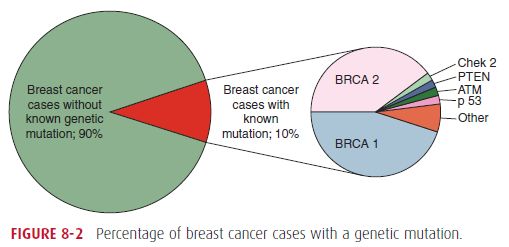EPIDEMIOLOGY OF BREAST CANCER Incidence: In general, less industrialized nations tend to have lower rates of breast cancer, with Japan being an exception to this rule. The highest rates are seen in Europe and North America. Age at onset: Race: incidence is higher among white women than African- American woman, but the mortality is higher…
Tag: Pathology
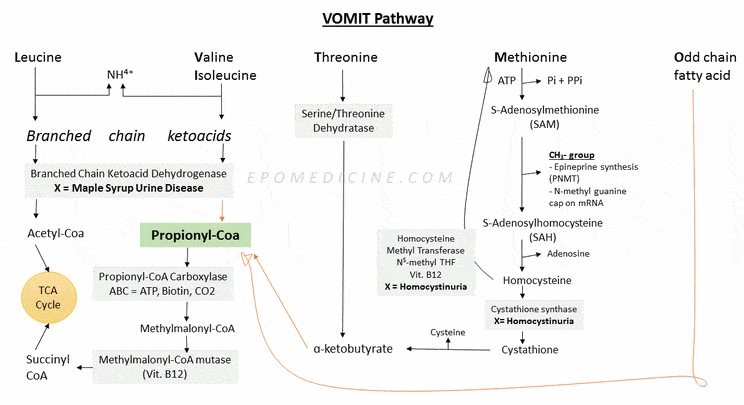
VOMIT Pathway – Propionyl CoA Intermediate
Propionyl CoA is a common intermediate in catabolism of essential amino acids and odd chain fatty acids. It is also called VOMIT pathway which stands for: Valine Odd chain fatty acids Methionine Isoleucine Threonine They enter TCA cycle – using PMS pathway: Propionyl CoA Methylmalonyl CoA Succinyl CoA Defects in…
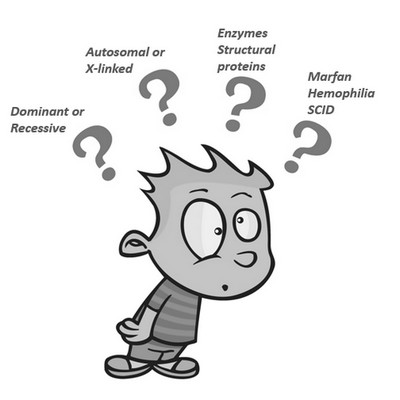
Inheritance of Disease – Mnemonics
Lets work with some generalizations 1. X-linked dominant, mitochondrial and Y-linked conditions are rare. You need to remember them. 2. Usually inherited in autosomal dominant pattern are: Mostly mutations in non-enzymatic structural proteins (e.g. collagen, fibrillin, cytoskeletal proteins of RBC) or in membrane receptors (e.g. LDL receptor) Diseases due to diminished…
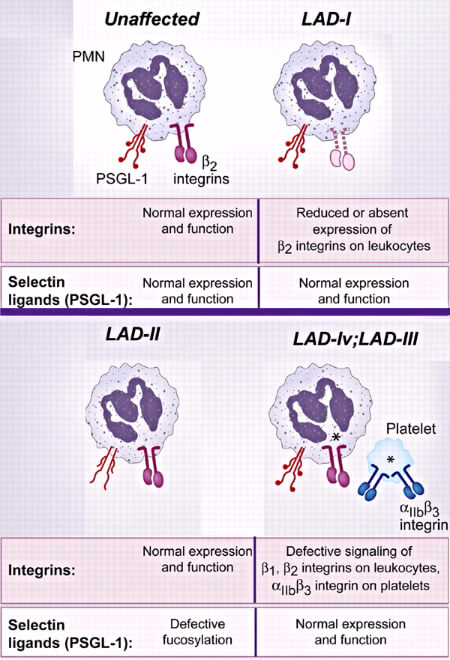
Leukocyte Adhesion Cascade and Defect : Simplified
Capture or Tethering Increased vascular permeability and vasodilation are mediated by inflammatory mediators like histamine released by inflammatory cells in response to PAMPs expressed by pathogens. Hemoconcentration (owing to increased vascular permeability) and decreased velocity of blood flow (owing to vasodilation) leads to peripheral pooling of the leukocytes (i.e. towards…
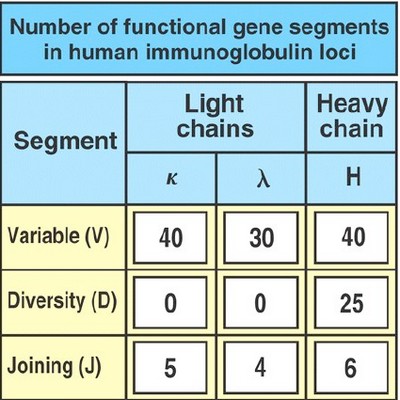
VDJ (Somatic) Recombination Made Easy
Many students feel that, this is one of the most difficult to explain topic in Immunology. Here, we will try to explain the process and clinical relevance of V(D)J or Somatic recombination in simple and interactive way. Question your mind Humans only have about 25,000 genes. Since, an antibody made…
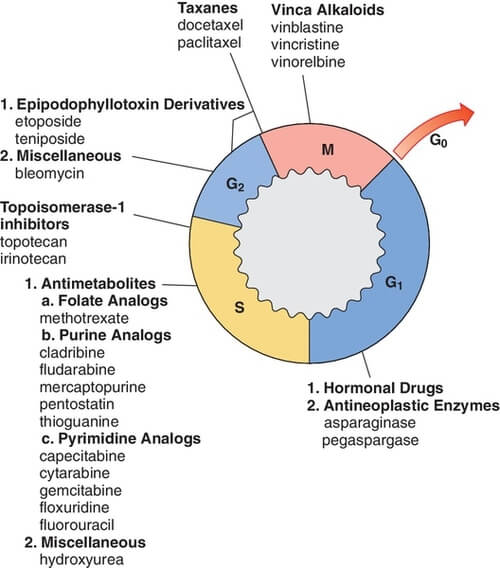
Cell Cycle Made Easy
Stages of Cell Cycle Interphase Mnemonic: Go Sally Go! Make Children 1. G1 phase 2. S phase 3. G2 phase 4. Mitosis 5. Cytokinesis 1. G1 (Gap 1) phase: Early and late phase divided by Restriction (R) point Functions: Preparation for DNA replication (synthesis of replication proteins cyclin D) Thymidine…

Apoptosis Made Easy
Definition of Apoptosis Apoptosis is: Origin of the word “apoptosis”: Caspases – Central Regulators of Apoptosis Caspases = Cysteine Aspartate Specific Proteases 2 types of caspases: Initiator caspases: Executioner caspases: 3 Pathways of Caspase Activation 1. Activation of Initiator of Extrinsic Pathway Receptor-ligand interaction mediated: Can mediate intrinsic (mitochondrial) pathway…
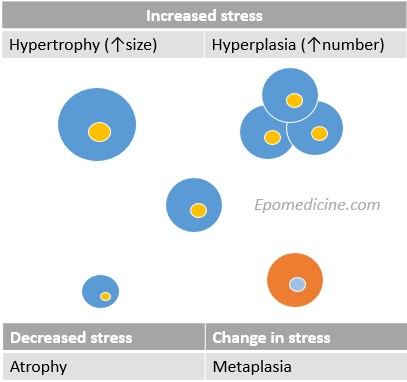
Cellular Adaptations
Hypertrophy, Hyperplasia, Atrophy and Metaplasia are the main four types of cellular adaptations. Adaptations are: Reversible changes In the number, size, phenotype, metabolic activity or functions of cells In response to the changes in the environment (stress). Hypertrophy Definition: Increase in cell size Occurs in: non-dividing (permanent) cells: cardiac and…
